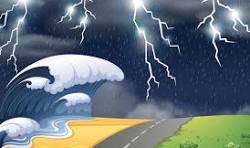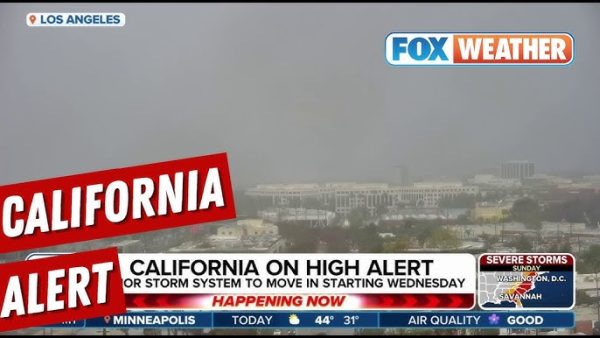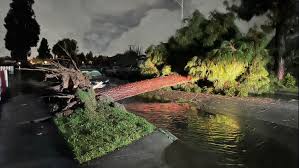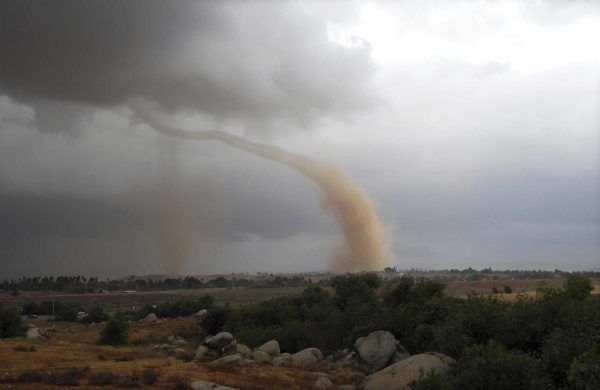
As we enter the spring season, Southern Californians look forward to the warm, sunny weather we are accustomed to. However, this year, the warm weather is having a more challenging time staying consistent. Since late November, conditions in the Inland Empire, Los Angeles area, and Orange Counties have been pretty up and down. We’ve had weeks of constant downpours and temperatures dropping to the 30s, then weeks of full sun and temperatures rising to the high 80s. 
As of this week, California is facing yet another winter storm. So far this week, areas all over California have faced varying amounts of rainfall, with regions in Los Angeles reaching 1.62 inches, Long Beach reaching 1.5 inches, and a significant amount in the Inland Empire, with some areas reaching up to 10 inches! Corona, California has reached nearly 2 inches of rainfall! While this rain is very beneficial for the dry region in ensuring conditions don’t get a drought, it is also causing a lot of danger to California residents. The widespread rain in California is doing more harm than good for communities affected by the wildfires that occurred earlier this year. The New York Times reported that many communities in the Los Angeles area affected by the previous fires, Malibu, Pacific Palisades, and Sierra Madre, have been urged to evacuate. So what kind of danger exactly does the rain bring to these burned areas? The risk of debris flows and landslides is much higher with the hefty amount of rain flooding in. These areas are still recovering from the devastating fires that spread earlier in January, and this rain is only delaying the process and introducing more concerns for residents in these areas. The atmospheric river has already caused several flood watches to be sent out across California. Still, the remainder of the debris in the previous wildfire areas adds another component concerning these potential floods and landslides.
doing more harm than good for communities affected by the wildfires that occurred earlier this year. The New York Times reported that many communities in the Los Angeles area affected by the previous fires, Malibu, Pacific Palisades, and Sierra Madre, have been urged to evacuate. So what kind of danger exactly does the rain bring to these burned areas? The risk of debris flows and landslides is much higher with the hefty amount of rain flooding in. These areas are still recovering from the devastating fires that spread earlier in January, and this rain is only delaying the process and introducing more concerns for residents in these areas. The atmospheric river has already caused several flood watches to be sent out across California. Still, the remainder of the debris in the previous wildfire areas adds another component concerning these potential floods and landslides.
In addition to the concerns around the burned areas, a small tornado occurred in the Pico Rivera region earlier this week, according to News Break. This tornado picked up with speeds of around 85 miles per hour and lasted for only two minutes. Although no humans were injured in this event, property and surrounding wildlife were damaged. 
Aside from rain, Northern California has experienced a significant amount of snowfall. Because of the unexpected amount of snow, Interstate 80 was reduced to 30mph to prevent snow-induced accidents in Northern California regions. Many Sierra Nevada freeways were shut down amid this storm. In addition, many school districts, such as Lake Tahoe, Pioneer Union, and Silver Fork, have called snow days.
The storm is said to end by Friday, March 14th; however, it has been unpredictable. The rain is scheduled to stop by midday on Friday, and the sun will be shining on Saturday. Southern California regions are anticipating sunny weather next week, hitting the 70s. Hopefully, the areas facing more detrimental natural events can stay safe and keep their property intact.






